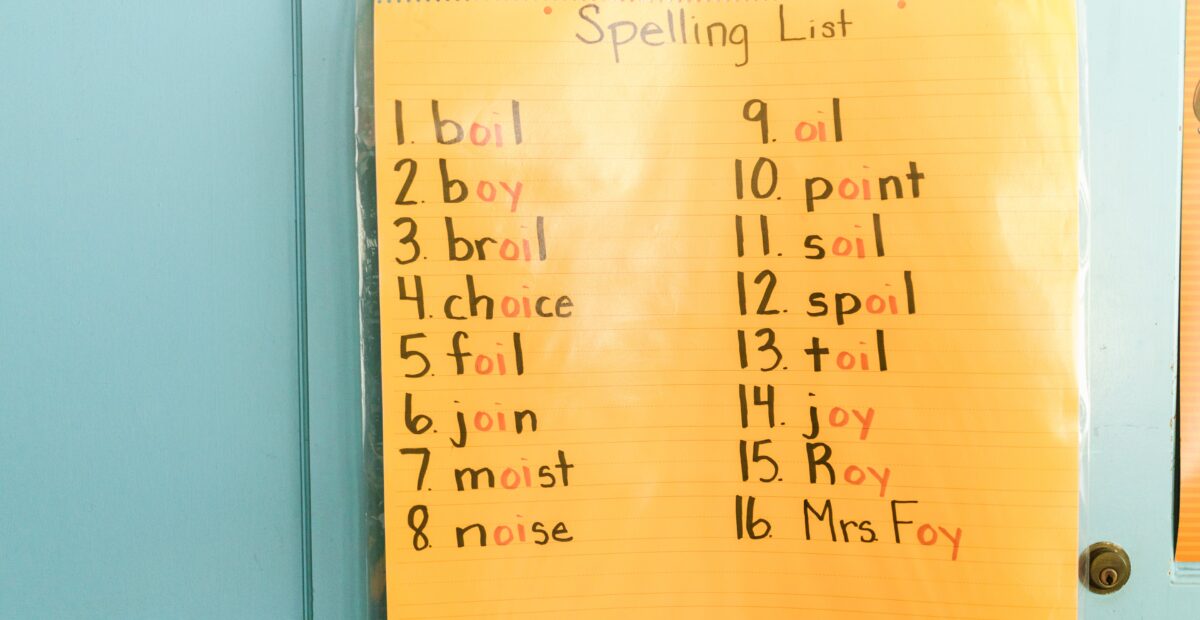Decoding Dyslexia: 8 Eye-Opening Statistics on a Misunderstood Difference

Featured Image by RDNE Stock project, Pexels
Dyslexia is the most common learning difficulty globally, which primarily affects an individual’s ability to connect letters and sounds, leading to difficulties in reading fluently and accurately.
Rather than a problem with intelligence, people with dyslexia simply process language differently.
In this post, we share some interesting facts and statistics about dyslexia and provide some useful insights into how, with the right intervention, those who struggle with it can learn to thrive on their own terms.
Around 1 in 10 people have dyslexia
Dyslexia is one of the most widely recognized neurological learning difficulties, affecting 10-15% of people worldwide and across all backgrounds and intellectual levels.
Studies have also found that 40-60% of siblings, children, or parents of an individual with dyslexia also have it.
As a condition which is often misunderstood, many cases go under the radar and remain undiagnosed, suggesting that numbers of those who struggle with this condition are likely to be far higher.
There are roughly 780 million people with dyslexia in the world
While it should be noted that this figure is just an estimate, due to variations in diagnosis and reporting, there is no doubt that millions wake up every morning to face significant challenges related to this reading, writing and language difference.
But although dyslexia certainly presents many challenges, Individuals with this learning difficulty also possess unique skills and talents including famous names like Picasso, Roald Dahl and entrepreneur Richard Branson.
By raising awareness of this condition, detecting the signs early on and providing the right support to help overcome these challenges, those with dyslexia can reach their full academic potential.
70-80% of people with poor reading skills are likely dyslexic
Poor reading skills can be a key indicator of dyslexia and contrary to the myth that Dyslexia doesn’t show up until Primary school, this condition can show up in preschool, or even earlier.
Some signs that a pre-schooler may be at risk for dyslexia include difficulty rhyming and being a “late talker.”
If you’re not sure what to look out for or would like to find out more information about Dyslexia then follow this link.
Research suggests that 20% of the Primary school population is struggling with reading which has resulted in 62% of non-readers dropping out of secondary school.
So, it’s essential for educators, parents and healthcare professionals to spot the signs early and provide those individuals with the support they need to thrive.
Children with ADHD account for 30% of those also dyslexic

Image by Andrea Piacquadi, Pexels
Although Attention Deficit Hyperactivity Disorder (ADHD) and dyslexia are two distinct conditions, they frequently overlap.
Research indicates that approximately 30% of individuals diagnosed with dyslexia also have ADHD and children with ADHD are significantly more likely to have dyslexia.
This presents a double-edged challenge:
For those individuals struggling with attention, impulse control, and hyperactivity combined with the complexities of their language-processing issues.
For educators and healthcare professionals, they must be able to recognise both conditions quickly and provide the best support in education and daily life that identifies these intertwined challenges.
Around 60% of people with dyslexia are men
Although dyslexia affects both men and women, it is more commonly diagnosed in men with the exact reasons behind this still under investigation.
In one study at Georgetown University Medical Centre, neuroscientists investigating the gender-specific patterns of dyslexia using MRI, compared the brain structure of people with Dyslexia and those without.
From this study of 118 men and women, they discovered that men with dyslexia had less grey matter volume in areas of the brain used to process language.
Women with the condition however had less grey matter volume in areas of the brain involved in sensory and motor processing.
Researchers are still analysing this data to create new frameworks and different methods of intervention for both men and women with dyslexia in the future.
However these studies prove without a doubt that this learning difference needs to be tackled separately to the condition in women and vital to helping create more awareness and providing early intervention.
About 20% of children going to school in the United States have dyslexia
Approximately 20% of students in the United States are estimated to have dyslexia.
And when you set this against the school attendance figures gathered by its National Centre for Education Statistics in the Autumn of 2021, this means that at least 9.8 million children had dyslexia.
Two years on and considering that many cases of Dyslexia pass by undiagnosed, the real number is almost certainly much higher.
However, if detected early on and the right teaching methods are implemented, students with dyslexia can flourish in the classroom and will help promote a more inclusive and democratic education system.
Dyslexia, like all types of neurodiversity, is not a visible condition and every individual who lives with it is different. So if you think you might have dyslexia, try taking our online dyslexia quiz to see if you have any traits of this neurodivergence.
People with dyslexia have a 60% greater chance of using alternative methods to solve problems

Image by Yan Krukau, Pexels
The struggles faced by people with dyslexia mean they can often have low self-esteem and forget to recognise their other unique strengths.
A person with Dyslexia may not draw well but be very coordinated in sports.
Other strengths among dyslexic people include creativity, high levels of empathy and the ability to excel in thinking out of the box.
Where many of us often find it hard to see the wood for the trees, Dyslexic people generally have a level of observation which allows them to analyse huge quantities of complex information.
Rather than a barrier to success, Dyslexia can offer a unique perspective that can lead to extraordinary achievements.
More than 40 million US adults have dyslexia
It is estimated that over 40 million American adults are dyslexic but only 2 million of those are diagnosed.
Scientific Studies comparing identical and nonidentical twins have shown that our genes account for about 50% of our reading skills.
With its tendency to run in families, it’s no surprise then that many adults only become aware of their dyslexia when their own children are diagnosed.
But there is good news because the remaining 50% of our reading skills are directly linked to our upbringing and environment.
This means that a richer home literacy environment can have a positive impact on reading outcomes when identified early on and highlights the need for continued awareness, diagnostic services, and support for adults with dyslexia.
While it’s true that dyslexia is widespread causing millions of us to struggle every day with challenges many aren’t even fully aware of, every person with a learning difference is unique.
By recognising and nurturing these unique strengths early on, Dyslexia can become a superpower and a source of creativity, empathy, and dynamism. With the right support and a culture of inclusion, it can serve to enrich our world.
Blog Author
Ben Schwartz



